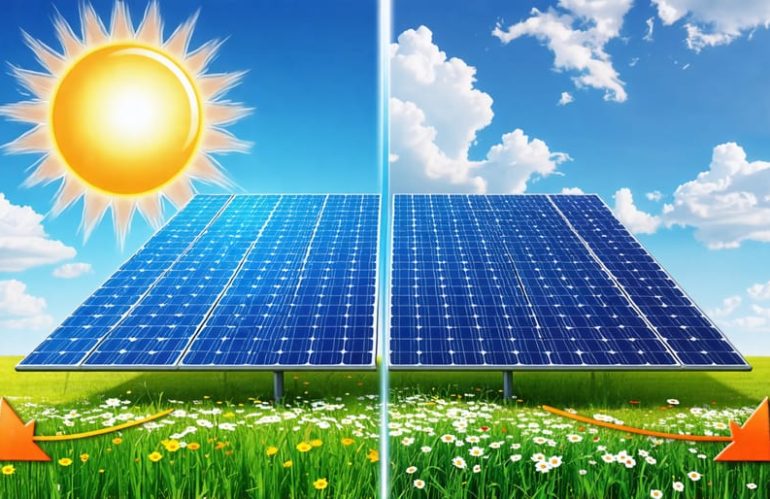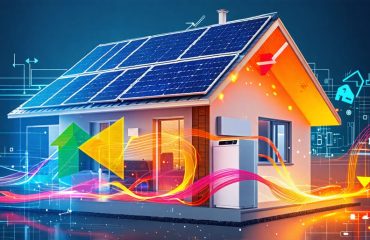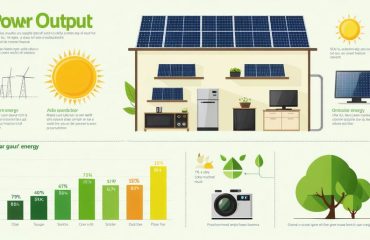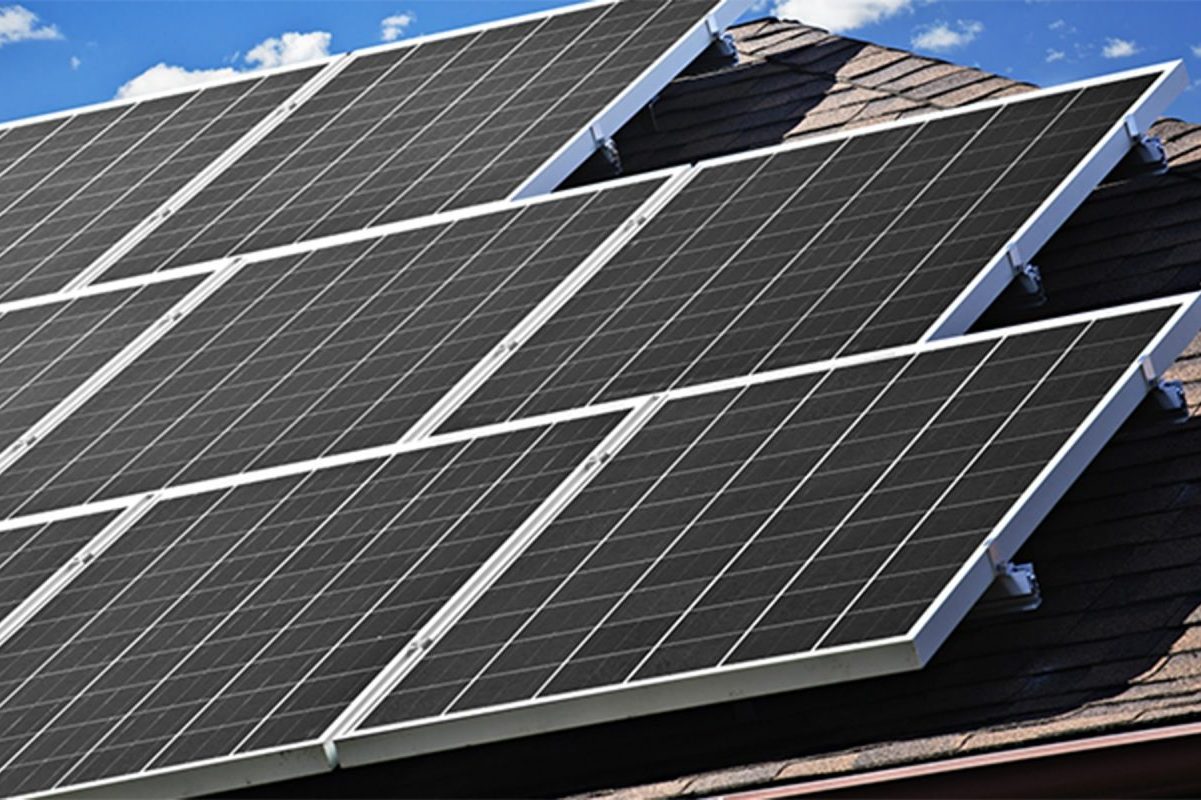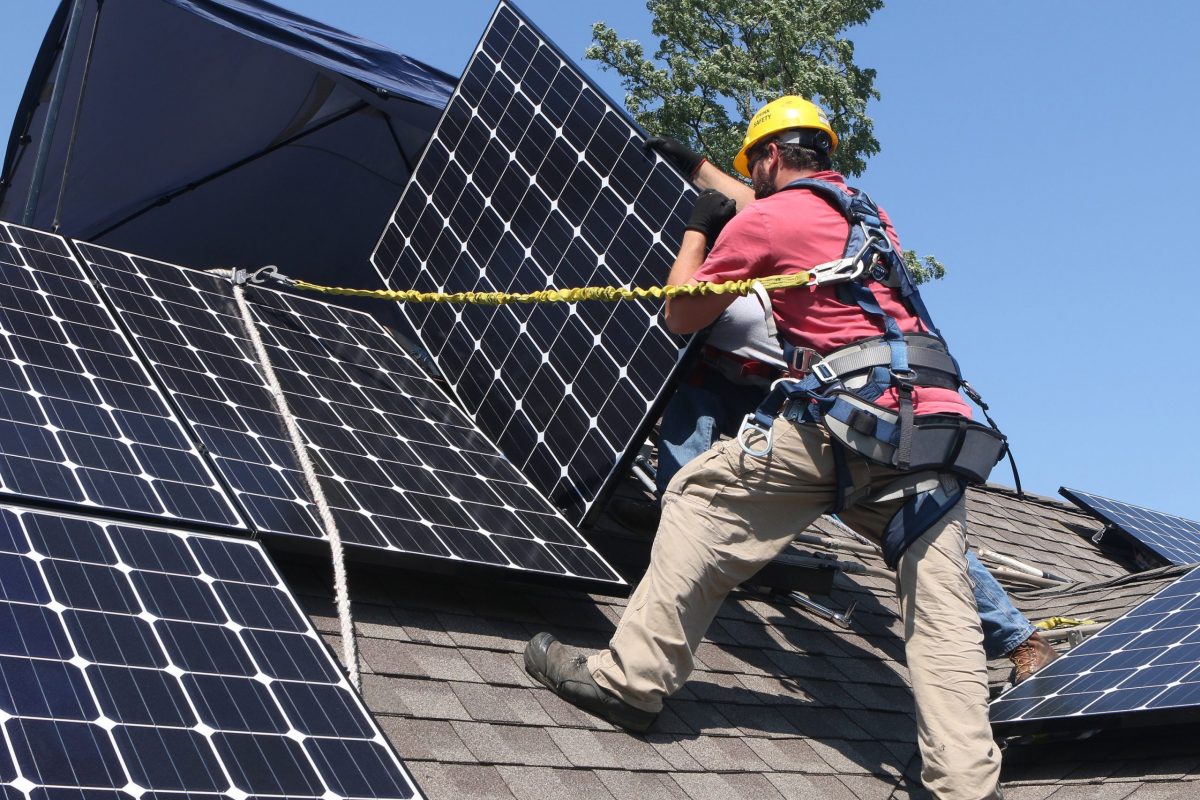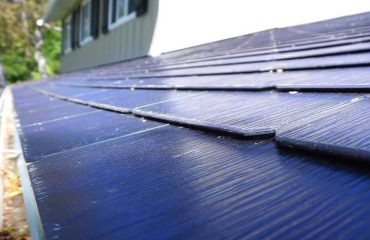Discover the typical voltage produced by solar panels and factors impacting output. Most residential solar panels generate between 16-40 volts DC, with an average of around 30 volts per panel under ideal conditions. However, the actual voltage fluctuates based on temperature, sunlight intensity, shading, panel age and quality. To determine your system’s maximum voltage potential, multiply the number of panels by their rated voltage. Maintaining clean panels, minimizing shading, and using an MPPT controller help optimize voltage for peak energy production. With proper setup, solar provides reliable, sustainable power.
Factors That Affect Solar Panel Voltage
Solar Panel Type
The three main types of solar panels—monocrystalline, polycrystalline, and thin-film—differ in their voltage output due to variations in their composition and manufacturing processes. Monocrystalline panels, made from a single silicon crystal, tend to have the highest voltage and efficiency ratings among the three solar panel types. Polycrystalline panels, composed of multiple silicon fragments, typically have slightly lower voltage outputs compared to monocrystalline panels but are more affordable. Thin-film panels, made by depositing photovoltaic material onto a substrate, generally have the lowest voltage ratings but offer flexibility in application and installation. When selecting the best panel type for your home, consider factors such as available space, budget, and desired efficiency to optimize your solar system’s voltage and overall performance.

Number of Solar Cells
The number of solar cells in a panel directly impacts its voltage output. Most solar panels contain 60, 72, or 96 cells. The more cells wired in series, the higher the panel’s voltage. A 60-cell panel typically generates around 20 volts, while a 72-cell panel produces about 24 volts. However, solar cells are not 100% efficient, so the actual voltage is usually lower than the theoretical maximum. To achieve the desired system voltage, installers wire multiple panels together. By understanding how cell count affects voltage, homeowners can work with professionals to design an optimal solar array for their energy needs.
Temperature and Sunlight
Temperature and sunlight intensity significantly impact the voltage a solar panel produces. As temperature rises, solar panel voltage decreases slightly due to increased resistance in the panel’s electrical circuits. However, this effect is generally minimal within the operating temperature range of most solar panels. On the other hand, sunlight intensity has a more substantial effect on voltage. Solar panels are designed to produce their rated voltage at a specific level of sunlight, typically 1,000 watts per square meter. As sunlight intensity increases, voltage rises until it reaches the panel’s maximum voltage. Conversely, when sunlight intensity decreases, such as on cloudy days or during early morning and late afternoon hours, the voltage output also decreases proportionately. To optimize your solar panel’s voltage output, ensure that the panels are installed in a location that receives maximum direct sunlight exposure throughout the day.
Typical Solar Panel Voltage Range
Residential solar panels typically have a voltage range between 12 and 96 volts, with the most common being 12, 24, and 48 volts. The actual voltage output of a solar panel can vary depending on factors such as temperature, sunlight intensity, and the panel’s design. It’s essential to understand that solar panels are rated using “nominal voltage,” which is the expected voltage under standard testing conditions (STC). STC involves a cell temperature of 25°C (77°F), an irradiance level of 1000 W/m², and an air mass of 1.5, simulating ideal conditions. In real-world applications, the actual voltage output may differ from the nominal voltage due to environmental factors. For example, higher temperatures can cause a slight decrease in voltage, while lower temperatures may result in a slight increase. Understanding the nominal voltage of your solar panels helps ensure compatibility with other components in your solar energy system, such as inverters and batteries, optimizing overall performance and efficiency.
Solar Panel Voltage vs. Whole System Voltage
While an individual solar panel typically produces between 15 and 45 volts, the voltage of a complete solar array can be much higher. This is because solar panels are wired together in series or parallel configurations to achieve the desired voltage and current for your home’s energy needs.
When solar panels are wired in series, their voltages add up, while the current remains the same. For example, if you have four 12-volt panels connected in series, the total voltage would be 48 volts, but the current would be the same as a single panel. Series wiring is commonly used to increase the voltage to match the requirements of the inverter, which converts the DC power from the panels into AC power for your home.
On the other hand, when solar panels are wired in parallel, their currents add up, while the voltage remains the same. If you have four 12-volt panels connected in parallel, the total voltage would still be 12 volts, but the current would be four times that of a single panel. Parallel wiring is often used to increase the current output of the solar array.
In most residential solar installations, a combination of series and parallel wiring is used to achieve the optimal voltage and current for the system. This allows the solar array to generate the most power possible while ensuring compatibility with the inverter and other components. Your solar installer will design the wiring configuration based on your specific energy needs and the components used in your system.
It’s important to note that while the voltage of the entire solar array may be higher than that of a single panel, the inverter and other safety features ensure that the voltage delivered to your home is compatible with your electrical system and appliances. This means you can enjoy the benefits of solar energy without any concerns about high voltages or electrical hazards.
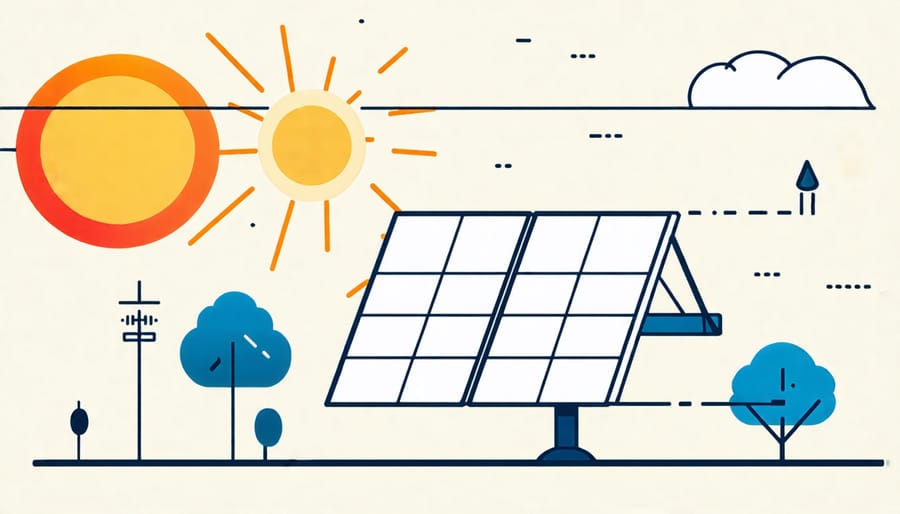
Matching Solar Panel Voltage to Your System
When selecting solar panels for your home, it’s crucial to match the panel voltage to your system’s requirements. This ensures optimal performance, efficiency, and safety. Most residential solar systems operate at 12, 24, or 48 volts, with 24V and 48V being the most common for grid-tied systems.
To determine the right voltage, consider your system’s size, the number of panels needed, and the inverter specifications. A professional solar installer can help you assess your energy needs and design a system that meets your goals.
Mismatched voltage can lead to issues like reduced output, inverter failures, or even safety hazards. Overloading your system with too much voltage can damage components, while insufficient voltage may result in subpar performance.
When designing a residential solar system, aim for panels with voltages that are compatible with your inverter and battery bank, if applicable. This allows for seamless integration and optimal energy production.
Remember, the solar panel voltage is just one aspect of a well-designed system. Other factors, such as panel wattage, current, and environmental conditions, also play a role. By working with a knowledgeable installer and selecting high-quality components that match your system’s voltage requirements, you can maximize the benefits of your solar investment and enjoy reliable, renewable energy for years to come.
Conclusion
In conclusion, understanding solar panel voltage is crucial when designing a residential solar system. A typical solar panel produces between 30-45 volts DC, depending on factors like panel size, cell efficiency, and environmental conditions. Optimizing your system’s voltage ensures maximum power output and compatibility with your inverter. By selecting the right panels and wiring configuration for your specific needs, you can harness the sun’s energy effectively and reduce your reliance on the grid. Embracing solar power not only lowers your electricity bills but also contributes to a greener future for generations to come.

